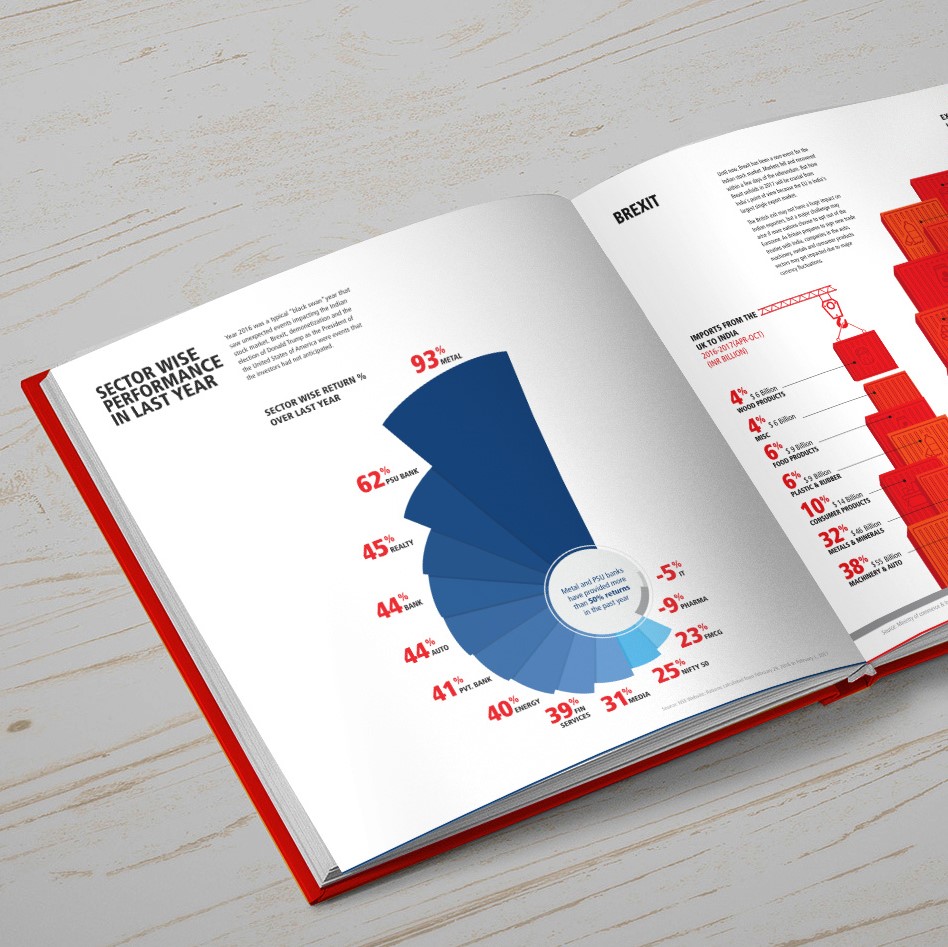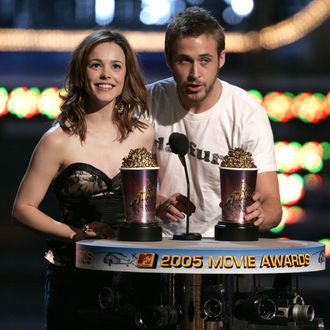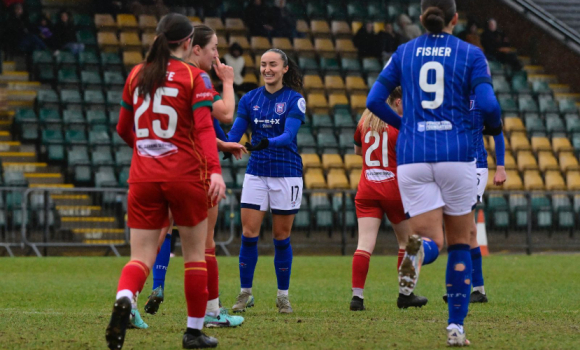Redefining Representation: The Need For Complexity In Asian And Asian American Media

Table of Contents
The Perpetuation of Harmful Stereotypes
The current state of Asian and Asian American representation is riddled with harmful stereotypes that significantly limit and misrepresent the diverse experiences within these communities. These stereotypes, often rooted in historical prejudice and xenophobia, perpetuate damaging narratives that impact societal perceptions and contribute to real-world discrimination.
-
The Model Minority Myth: This stereotype paints Asian individuals as inherently intelligent, hardworking, and docile, often ignoring the struggles and systemic inequalities faced by many within these communities. Examples abound in media portraying Asian characters solely as academically gifted, neglecting their personal lives and struggles.
-
The Submissive Woman: Asian women are frequently portrayed as demure, subservient, and hyper-sexualized, reducing their identities to a single, objectified trope. This stereotype can be seen in countless films and TV shows where Asian female characters serve as decorative elements rather than complex individuals.
-
The Hypersexualized Figure: The fetishization of Asian women and the portrayal of Asian men as asexual or effeminate contribute to harmful stereotypes that reinforce ingrained biases. Advertising frequently utilizes these tropes, further embedding these images in the collective consciousness.
-
The Perpetual Foreigner: This stereotype casts Asian characters as perpetual outsiders, regardless of their citizenship or length of residence in a country. They are often depicted with thick accents, limited English skills, and a lack of cultural assimilation, perpetuating the idea of "otherness."
The negative consequences of these stereotypes are far-reaching. They create inaccurate and harmful perceptions, leading to prejudice, discrimination, and the marginalization of Asian and Asian American communities. These portrayals contribute to real-world experiences of microaggressions, xenophobia, and systemic biases.
The Lack of Diversity in Storytelling and Characters
Beyond harmful stereotypes, the lack of diversity in Asian and Asian American media is equally problematic. The "Asian" label masks a vast tapestry of cultures, ethnicities, and nationalities – from South Asia to East Asia to Southeast Asia – each with its own unique history, traditions, and experiences.
-
The Erasure of Specific Communities: The limited representation often prioritizes East Asian cultures, effectively erasing the diverse experiences of South Asians, Southeast Asians, Pacific Islanders, and other communities within the Asian diaspora.
-
Limited Character Archetypes: Many Asian and Asian American characters are confined to narrow archetypes, lacking the complexity and dimensionality found in characters from other racial backgrounds. We need to move beyond the simplistic "best friend" or "sidekick" roles and showcase multi-faceted individuals with compelling narratives.
-
The Need for Authentic Stories: The stories told about Asian and Asian American communities should reflect their rich tapestry of cultures and experiences. We need to see stories that explore the nuances of family dynamics, the complexities of immigration, the struggles of navigating a multi-cultural society, and the diverse perspectives within these communities.
The Importance of Authentic Representation
Achieving authentic representation requires actively involving Asian and Asian American creatives in the writing, directing, and production of media featuring Asian and Asian American characters.
-
Authentic Voices Shape Narratives: When individuals from the communities being represented are involved in the creative process, the stories and characters become more accurate and nuanced, reflecting lived experiences.
-
Empowerment and Cultural Understanding: On-screen and behind-the-screen representation contributes significantly to community empowerment and fosters cultural understanding among wider audiences.
-
Successful Examples of Authentic Representation: Shows like Master of None and films like Parasite showcase the power of authentic representation, demonstrating the potential for compelling and successful narratives when diverse voices are centered.
Moving Towards Complexity: Examples of Positive Change and Best Practices
While challenges remain, there are encouraging signs of positive change. Several media projects are successfully challenging stereotypes and offering complex portrayals of Asian and Asian American characters.
-
Analyzing Successful Projects: Examining projects that successfully portray nuanced characters—paying attention to character development, plotlines that explore multifaceted issues, and authentic dialogue—provides valuable lessons for future endeavors.
-
Suggestions for Media Producers: Producers can foster more inclusive casting practices, prioritize diverse writers’ rooms, and engage in rigorous self-reflection on the biases embedded within their narratives.
-
The Role of Critical Analysis: Audience engagement and critical analysis are crucial in pushing for better representation. Active discussions about media portrayals can contribute to positive change by holding creators accountable and demanding better quality representation.
Conclusion: Redefining Representation for a More Inclusive Future
Redefining representation in Asian and Asian American media requires a conscious and sustained effort to move beyond harmful stereotypes and embrace authentic, complex storytelling. The perpetuation of stereotypes not only misrepresents the diversity within these communities but also contributes to prejudice and discrimination in the real world. By actively seeking out and supporting media that accurately and respectfully portrays the diversity of Asian and Asian American experiences, we can collectively contribute to a more inclusive and equitable future. Let's demand better representation, support Asian and Asian American creatives, and continue to engage in critical conversations about redefining representation in all its forms. Join the movement for complex and authentic representation in Asian and Asian American media – it's time to tell the untold stories.

Featured Posts
-
 Selena Gomezs Edgy Look Leather Dress And Boots
May 12, 2025
Selena Gomezs Edgy Look Leather Dress And Boots
May 12, 2025 -
 Cineplexs Q1 Financial Report Impact Of Reduced Theatre Attendance
May 12, 2025
Cineplexs Q1 Financial Report Impact Of Reduced Theatre Attendance
May 12, 2025 -
 Mtv Cancels 2025 Movie And Tv Awards Ceremony
May 12, 2025
Mtv Cancels 2025 Movie And Tv Awards Ceremony
May 12, 2025 -
 Could Henry Cavills Wolverine Appear In Marvels World War Hulk Film
May 12, 2025
Could Henry Cavills Wolverine Appear In Marvels World War Hulk Film
May 12, 2025 -
 Ipswich Town Women Aim For Top Spot Against Gwalia
May 12, 2025
Ipswich Town Women Aim For Top Spot Against Gwalia
May 12, 2025
Latest Posts
-
 Inside The Beach Homes Of Mtv Cribs Architecture And Design
May 12, 2025
Inside The Beach Homes Of Mtv Cribs Architecture And Design
May 12, 2025 -
 The Most Impressive Mansions Featured On Mtv Cribs
May 12, 2025
The Most Impressive Mansions Featured On Mtv Cribs
May 12, 2025 -
 Luxury Coastal Living A Look At Mtv Cribs Beach Properties
May 12, 2025
Luxury Coastal Living A Look At Mtv Cribs Beach Properties
May 12, 2025 -
 Mtv Cribs Unveiling The Architecture And Design Of Celebrity Homes
May 12, 2025
Mtv Cribs Unveiling The Architecture And Design Of Celebrity Homes
May 12, 2025 -
 Inside The Mansions Of Mtv Cribs A Look At Luxurious Living
May 12, 2025
Inside The Mansions Of Mtv Cribs A Look At Luxurious Living
May 12, 2025
